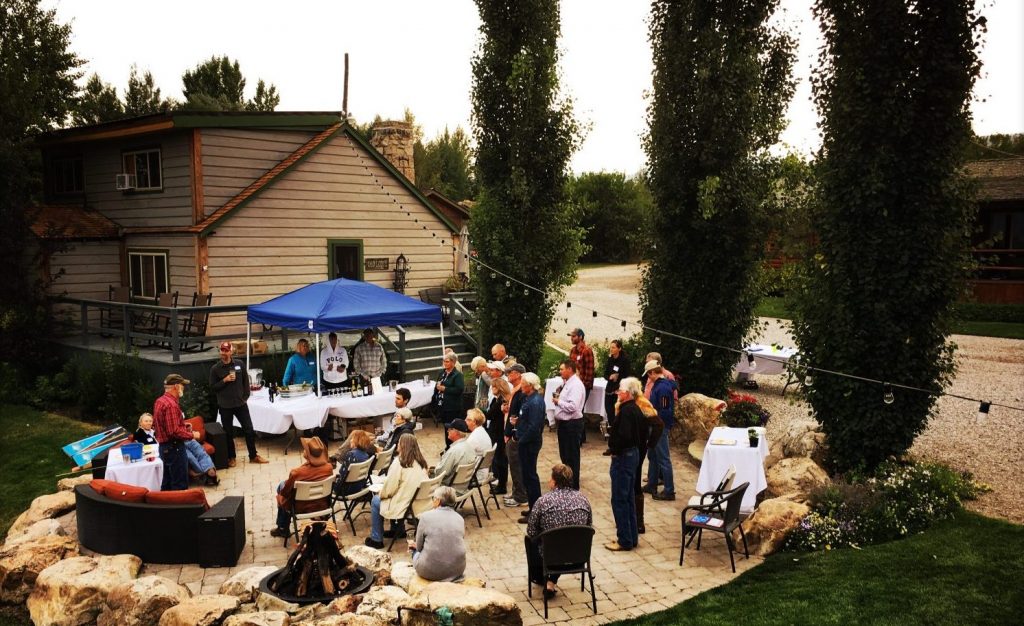Like bowling and paintball before it, axe throwing started off as a fad but has proven itself to have staying power. Axe throwing facilities are popping up quicker than flannel collars in the early 2000s, with cities all over North America welcoming at least one.
But unlike other sports that come up quickly, only to slide back into cultural oblivion (where did hacky sack go?) axe throwing has built a strong enough base and has a sophisticated enough system of rules and tournaments that it’s not going anywhere.
Since its rise has been so quick, a lot of people are unsure just where this axe-throwing trend came from in the first place. What happened to catapult axe throwing from a humble backyard activity that no one really knew about into an internationally loved sport?
Read on to find out how axe throwing struck at just the right time, and how it hit its mark with the wider public – and then click here for even more info about the sport.

Origins
Charting the rise of axe throwing technically requires taking you back to the middle ages, when foot soldiers used axes specifically designed for throwing as a combat weapon. But that was more of a “kill people” kind of activity, whereas modern axe throwing is more of a “let’s have a fun evening” kind of activity.
Axe throwing, as you know it now, began a little over a decade ago, in Canada. It was 2006, and a Toronto man by the name of Matt Wilson, inspired by a recent game he and his buddies played at the cottage, created his own backyard axe throwing set up. He constructed a large wooden target and laid down some rudimentary rules for a game.
Friends would come and play, eventually bringing other friends. Soon, the little league he had started around the fledgling sport outgrew the apartment backyard where he’d been staging it.
Expansion
The first axe-throwing facility opened in 2011 in Toronto, with a second one following (relatively) quickly in 2013. After that, it grew like wildfire.
The expansion of axe throwing can be attributed to a couple of things. First, and most importantly, it’s a fun game. For those that haven’t yet tried it, just understand that, despite its simple premise, it is an exhilarating, addicting sport. Second, a small part of the sport’s rise in popularity probably has to do with the millennial inclination towards activity when they drink. Standard bars are a little boring, so they look elsewhere, to board game bars, arcade bars, bocce bars, and – finally – fully licensed axe throwing facilities.
Finally, part of the success of axe throwing has to do with how it lends itself to parties. The “party industry” (including bachelor/bachelorettes, company parties, corporate events, birthdays, etc.) is massive, and axe throwing fits within it perfectly. It’s great for a crowd, it’s unique, it’s exciting, it’s accessible for everyone, and the facilities often serve food and drinks.
From there, it was only a matter of time before it caught people. Someone tries it once at a company party, they get hooked, and the next thing they know they are joining an axe-throwing league to compete internationally.
Keep your eye on this sport. It is big now, but if things go the way they appear, it’s only going to get bigger.









